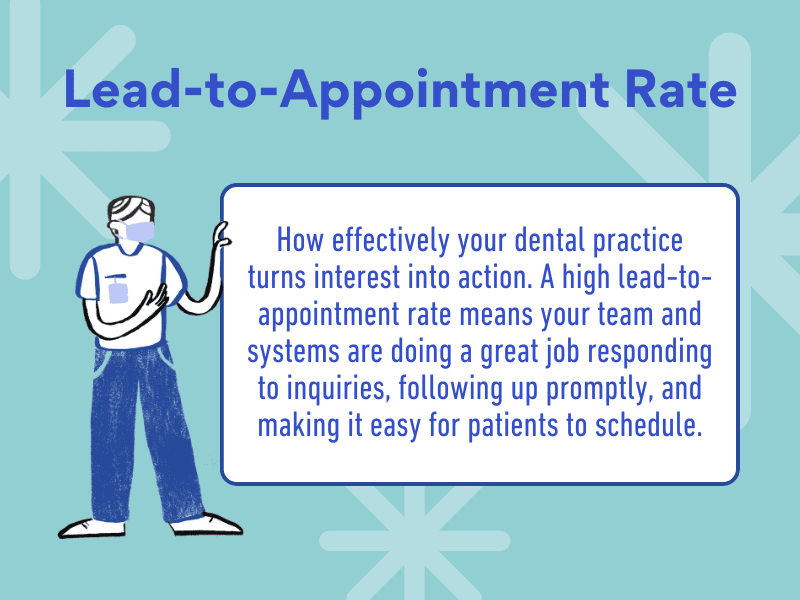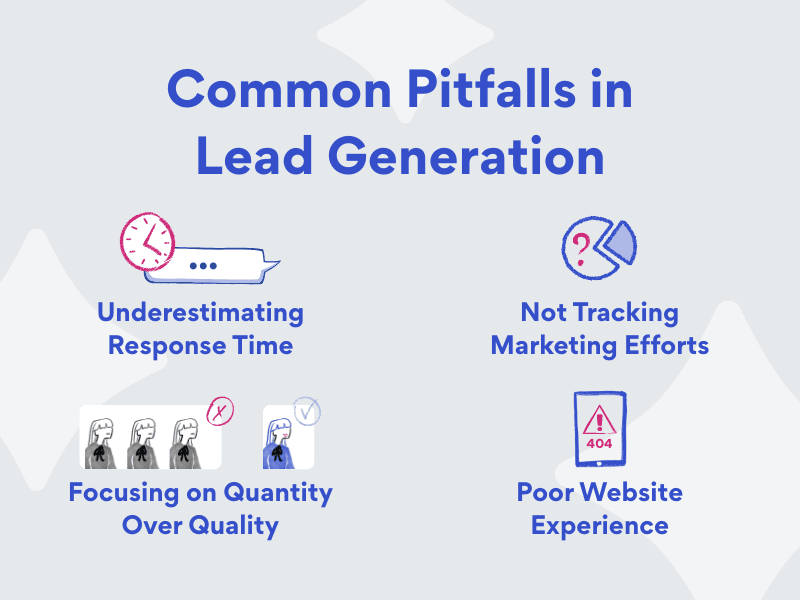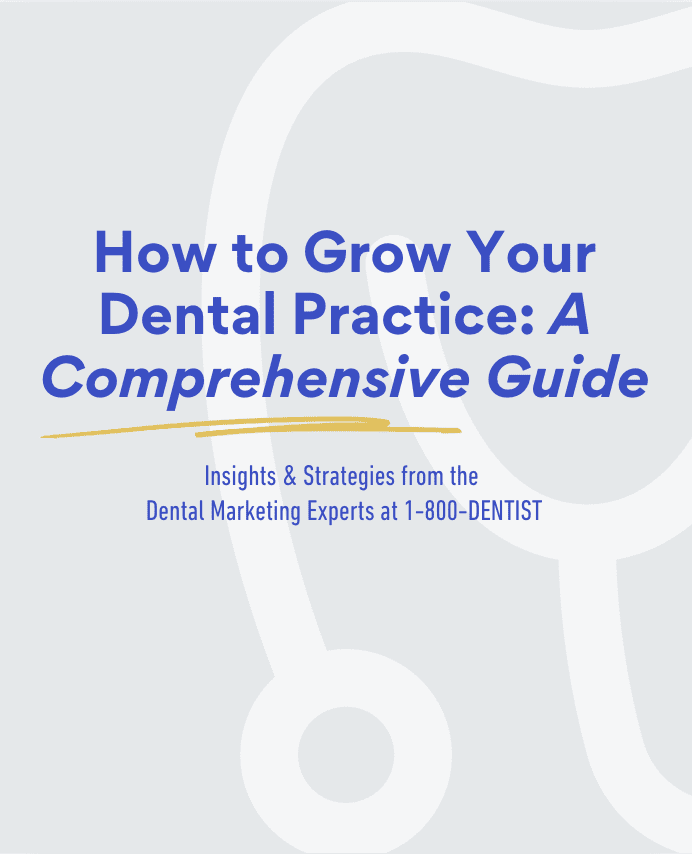Missed the first two parts of this series? Read them here: Part 1 / Part 2
You can’t improve what you don’t measure. Whether you’re running a solo practice or leading marketing for a DSO, tracking key performance indicators (KPIs) takes the guesswork out of measuring your dental lead generation success.
From call volume to follow-up response rates, the right data reveals where you’re winning, and where you’re losing potential patients. In Part 3 of this series, we’ll walk through the KPIs that matter most and the common pitfalls to avoid so you can make smarter, data-driven decisions that drive sustainable growth.
Key Performance Indicators to Track
Call Volume
Call volume is the number of inbound phone calls your dental practice receives, answered and unanswered.
Why it matters: This metric is crucial as it provides a good foundation for understanding how well your marketing campaigns are performing and the ease with which people can find your practice.
How to calculate call volume: Track the number of inbound calls (answered and unanswered) daily
Lead-to-Appointment Rate
Your lead-to-appointment rate is the percentage of new patient inquiries that turn into booked appointments.
Why it matters: It’s one of the most telling indicators of how effectively your dental practice turns interest into action. A high lead-to-appointment rate means your team and systems are doing a great job responding to inquiries, following up promptly, and making it easy for patients to schedule.
How to calculate lead-to-appointment conversion rate: (booked appointments from inquiries / total number of new patient inquiries) * 100

Cost-per-Lead
Cost-per-lead measures the cost incurred to acquire a new lead. It encompasses the expenses associated with marketing, advertising, and other efforts aimed at attracting leads.
Why it matters: Tracking this KPI allows you to evaluate the efficiency of your lead acquisition strategies.
How to calculate cost-per-lead: (booked appointments from inquiries / total number of new patient inquiries) * 100
Missed Call Rate
Your missed call rate is the percentage of incoming calls that go unanswered during business hours.
Why it matters: For dental practices, where many new patients call to ask questions or book an appointment, each missed call is a potentially lost patient.
How to calculate missed call rate: (missed calls / total incoming calls) × 100
Missed Call Follow-Up Conversion Rate
Your missed call follow-up conversion rate is the percentage of missed calls that are successfully called/emailed/texted back and converted into appointments.
Why it matters: Your dental practice can lose thousands of dollars in missed calls—this metric shows how much of that revenue you’re recovering.
How to calculate missed call follow-up conversion rate: (appointments booked after missed calls / total missed calls) × 100
Follow-Up Response Rate
Follow-up response rate is the percentage of leads who respond to a follow-up message (call, email, or text).
Why it matters: This KPI indicates how compelling and timely your follow-up messaging is.
How to calculate follow-up response rate: (appointments booked after missed calls / total missed calls) × 100
Common Pitfalls in Lead Generation
While there’s more technology than ever to elevate your dental lead generation strategy and maximize results, dental teams still make common mistakes that hinder their ability to grow their practices. Now that you know what you should do when it comes to lead generation; here’s what you shouldn’t do:
- Underestimating Value of Response Time: The longer you wait to respond to your leads, the more likely they are to go cold (e.g. give up trying to contact you and choose another dental practice).
- Not Tracking Marketing Efforts: Tracking KPIs and the success of your marketing campaigns is critical. If you can’t quantify your marketing success, you’ll end up over-investing in unqualified channels.
- Focusing on Quantity Over Quality: If you only focus on generating a large number of leads, you’ll attract many that aren’t a good fit (e.g., wrong insurance, low intent, etc). This wastes marketing budget and overwhelms front-desk staff who can’t convert unqualified leads.
- Poor Online Presence: Make it easy for prospective patients to find your practice online. Your dental practice should regularly collect reviews from patients, include consistent information across all digital properties, make regular content updates on social media and blogs, and ensure your website is fast, optimized for mobile, and has clear CTAs.

Use Data to Grow Your Dental Practice With Confidence
The most successful dental practices don’t just generate leads—they optimize every step of the patient journey using clear, measurable data. By tracking the right KPIs and avoiding common lead generation pitfalls, your team can refine its approach, boost conversion rates, and reduce wasted time and marketing spend. When you consistently measure performance and act on what the numbers are telling you, your lead generation strategy becomes a powerful engine for growth.




